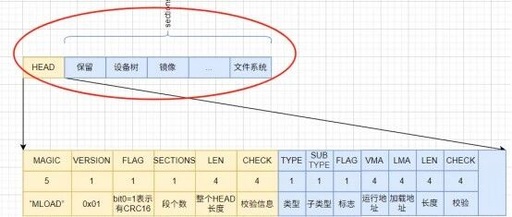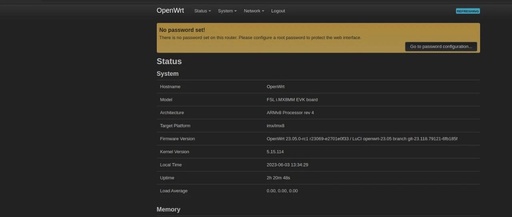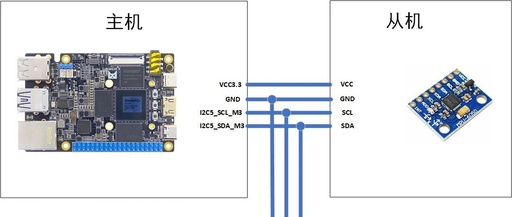Mastering Linux on MCU Series Part 17: New Boot Design for Loading Linux – Image Layout and Loader Implementation
1. Introduction We have completed the foundational work, enabling us to have shell interaction capabilities, allowing arbitrary import and export of content in on-chip memory and SPIFLASH. Now we can enter the most critical phase: programming the image and loading it to run. First, we need to design the storage structure of the image in … Read more









